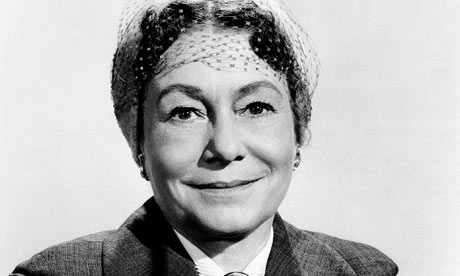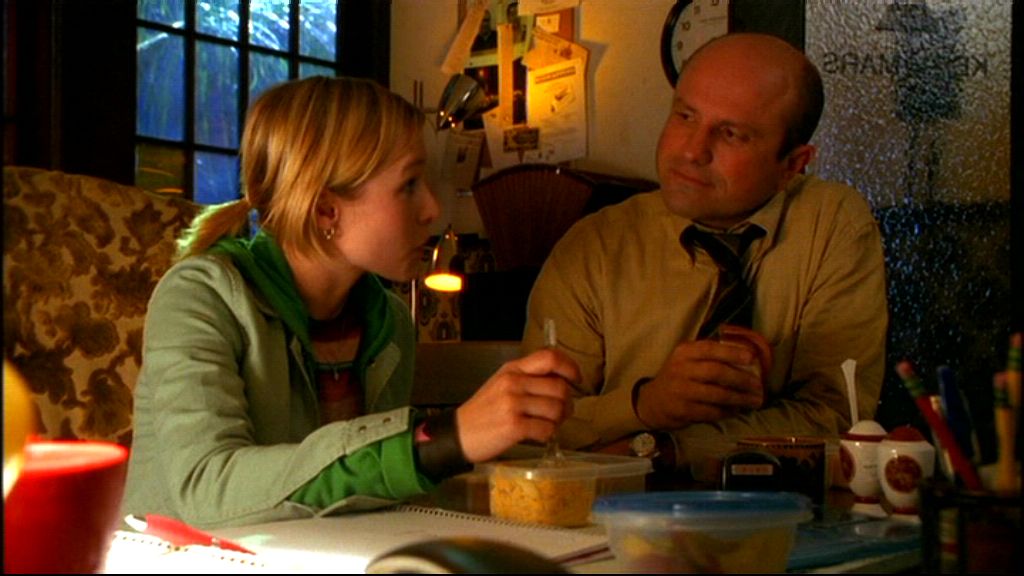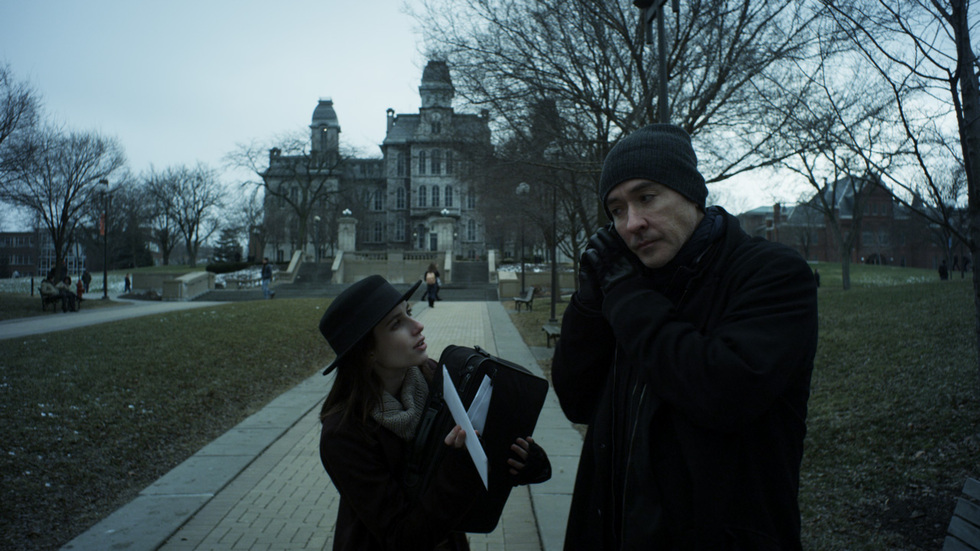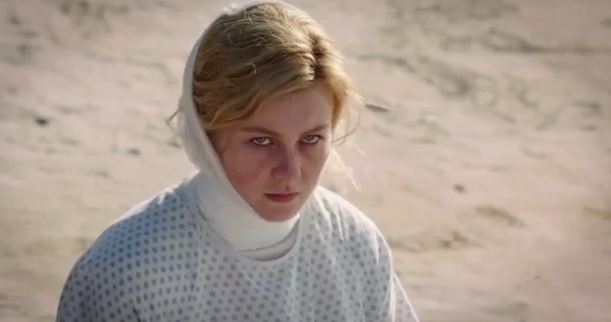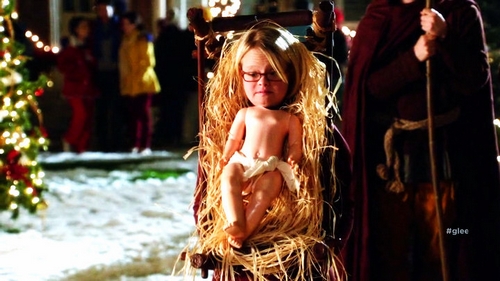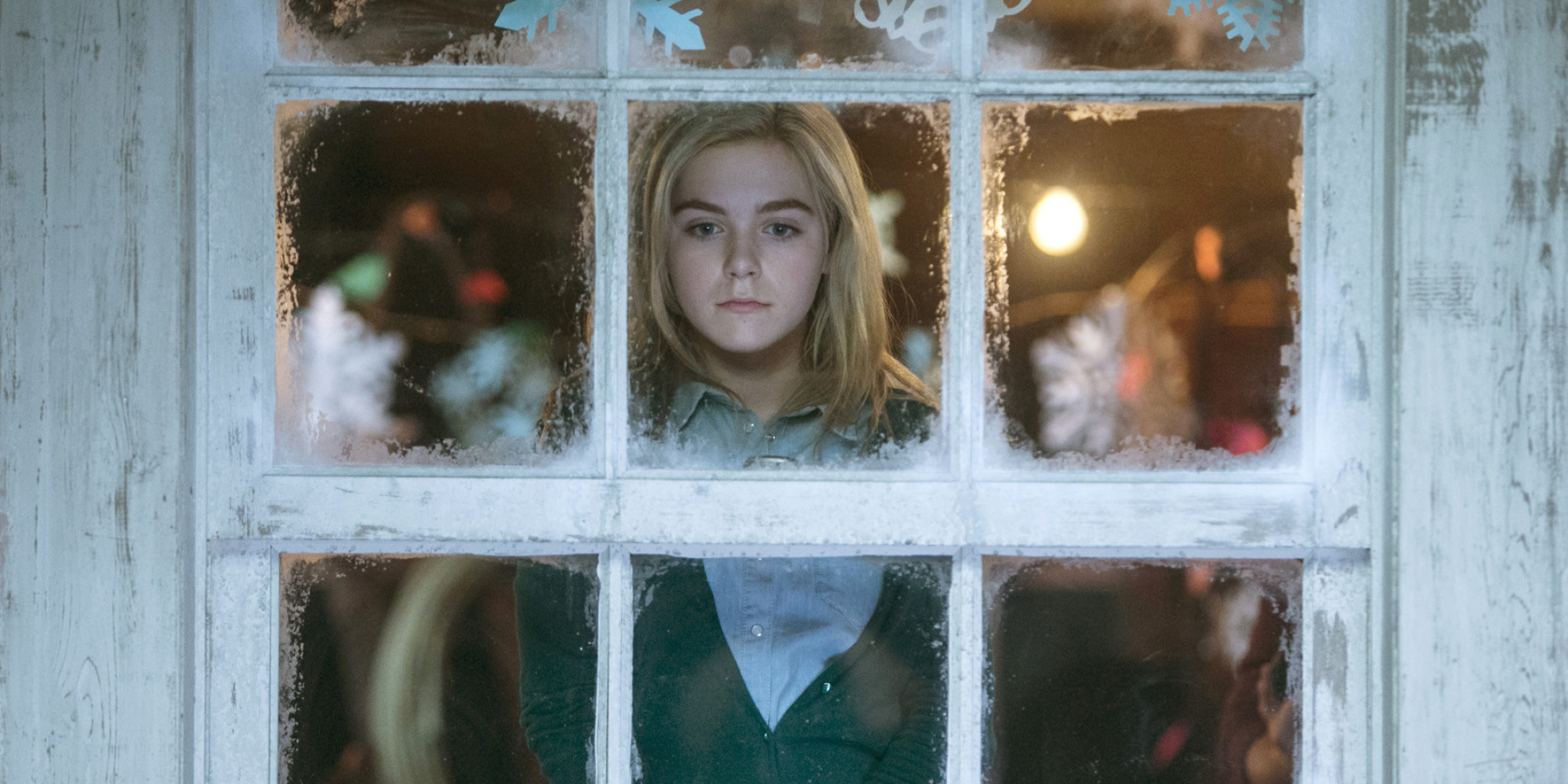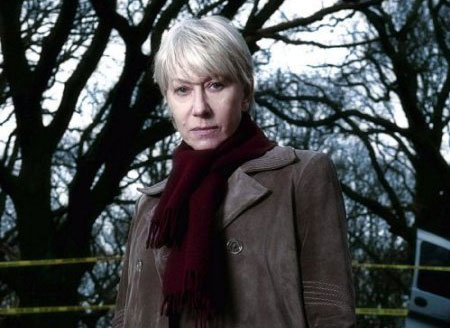Written by Elizabeth Kiy as part of our theme week on The Great Actresses.
Stop me if you’ve heard this one.
A young woman–poised, talented, above all enthusiastic–performs a scene in acting class and is praised by the teacher. The teacher can’t say enough good things about the student, but the main thing she keeps going back to is, “I think you’d be a wonderful character actress!”
Now, the student can’t help but beam about this, seeing a brilliant career flashing before her, her name up in lights. She steps back into the group and the woman sitting beside her whispers in her ear, “That’s what they call an actress who isn’t pretty.”

Though overly simplistic, this is an unfortunate truth about mainstream movie-making. In Hollywood, an actress who doesn’t meet a certain unrealistic beauty standard or fall into an extremely small definition of beauty (generally white, thin, and tall with delicate features and mid-size breasts), she need an addendum to be referred to as an actress. Or, more accurately, she’s not allowed to be a proper actress, the type that plays the everywoman lead we’re all meant to identify with.
Like their male counterparts, a character actress plays eccentric, off-beat characters. Usually they’re defined by distinctive voices, unusual features and a certain look, that allows casting directors to easily picture them as a type. Other descriptions for character actresses include, “Hey, I know that woman,” “whatshername,” and “that girl who’s in everything.” You usually don’t know her name, but you know her face. She’s not going to be named above the title or on the poster, but she’s great, a legend at what she does though she’ll probably never fall in a tradition pantheon of acting greats.
Character actresses are also easily typecast and in some ways, their livelihoods rely on being typecast. Their careers can involve steady work in a variety of genres across TV and film, and the typical character actress has a long filmography full of small, memorable roles in amazing productions. Usually that means being a type, like the valley girl, the woman with an annoying voice, a woman with absurdly large breasts, with a weight problem, or a port wine stain birthmark.

It must take a lot of self-confidence and backbone to be a character actress. Imagine being on the shortlist of names called in when a production needs “a fat girl” or a woman with a crooked nose or teeth the main characters can make fun of. Imagine being an actress whose career will (probably) never move beyond playing different iterations of the “sassy Black friend” who objectifies all the male character or the stiff older lady who disapproves of everything, the sexless soccer mom, or the unattractive high school girl the male leads would only date as favor (“C’mon you owe me, she said she’ll only go out with me if her fat friend has a date”) or a dare.
The basic idea behind character acting is pretty insulting. On the most simple terms, the term posits two types of actresses: “normal” actresses who can play ingenues, femme fatales, or warm mothers, and character actresses who play the exotic or unattractive other. While the female lead has her unattractive flaws ironed out, leaving only acceptable “likable” flaws like clumsiness, shyness, or a lack of awareness of her beauty, as the lead, the character viewers are supposed to identify with.

Though usually seen as simplistic roles easily explained in one or two words (e.g. nasal voice), because a character role generally has messy and inconvenient flaws, in some ways she is a more realistic idea of a woman. Is it a coincidence that these roles are referred to as “characters,” a common dismissal of a woman who attempts to speak her mind.
Whereas male character actors are beloved and recognized as adorable or, as a friend of mine was once fond of saying, handsome in an offbeat kind of way, female character actresses fade into the background as mothers, maids, and nosy neighbors. They’re generally considered unattractive both in appearance and personality, while the part played by male character actors are not generally telegraphed as unattractive or unappealing. Female character roles rarely get a love interest.
Female character roles are defined more by perceived deficits in appearance, while male character roles can be better described by certain jobs: a mob guy, a military guy, a fashion designer. Even characteristics that would forever limit an actress to character roles can be found in leading men. There’s no shortage of meaty roles for older men, who continue to be considered sexy and powerful as they age, there are many prominent overweight A-List men (although most of these actors star in TV shows or are comedians).
Melissa McCarthy is held up as the counterpoint to any such argument these days, but she’s just one person, and though a great comedic actress, most of the roles she’s played have used her weight for humor or cast her as unattractive, butch, or otherwise unkempt.

Character roles do provide opportunities for women of color and women over 40, although in extremely limited roles, which must be frustrating to a talented actress who wants to showcase her range. In an interview with USA Today, Oscar nominee Viola Davis said that before The Help, “ I had to channel my talents in narratives that were incomplete, and those two or three scenes in a movie, I’ve had to try to make them work, flesh them out as real human beings. I haven’t had the benefit of a full journey, a character who’s been in every frame of the movie.” The character roles offered to women of color, things like the subservient Asian woman, the selfless lady’s maid (usually a Black woman), or the otherworldly wise native woman, also display Hollywood’s racist attitudes of the types of roles that can be played by women of color.
However, it’s hard to give a precise definition of who counts as a character actress. Is a woman a character actress if the general public knows her name? If she plays a lead role? What about a woman who plays a lead role, but continues to pop-up in thankless character parts? Is there a point where she ascends out of the character acting ghetto and becomes a leading lady, or by virtue of the roles she pays, by her appearance and personality will she always be a character?

Is that necessarily a bad thing? Many actresses, like Holly Hunter , Jennifer Jason Leigh , Frances McDormand, and Kathy Bates have said how much they enjoy playing character roles and playing these imperfect characters who display a wider conception of what a woman can be.
And some character actresses are recognized for their roles with Oscar wins or nominations in Best Supporting Actress category, one which allows for more quirky characters and underrepresented populations of actresses. Some of these women include Melissa Leo, Marcia Gay Harden, and Octavia Spencer .
So it’s debatable.

A Partial List of Character Actresses:

Beth Grant
Audrey Wasilewski
Kathy Baker
Judy Greer
Sherri Shepard
Cleo King
Elsa Lanchester

Beulah Bondi
Thelma Ritter
Hope Emerson
Agnes Moorehead
Mary Wickes
Ellen Corby
Eve Arden
Conchata Ferrell

Mildred Natwick
Ruth McDevitt
Miranda Richardson
Margo Martindale
Missi Pyle
Carol Kane

Jennifer Coolidge
Catherine O’Hara
Illeana Douglas
Arguably Ascended Character Actresses:
Viola Davis
Marcia Gay Harden
Melissa Leo

Octavia Spencer
Kathy Bates
Frances McDormand
Jane Lynch
Catherine Keener
_________________________
Elizabeth Kiy is a Canadian writer and freelance journalist living in Toronto, Ontario. She recently graduated from Carleton University where she majored in journalism and minored in film.
